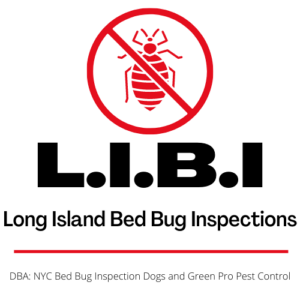Bed bugs have become one of the most pervasive pests in North America. Over the last few decades we have seen a staggering uptick in bed bug infestations throughout the country. Homes, businesses and public spaces are all vulnerable to attack.
The rise in bed bug activity has also brought a renewed interest in the study of these troublesome pests, with researchers working diligently to find new ways to reduce infestations. A new study, conducted by entomologists at the University of Kentucky, may point the direction to a new method for controlling these parasitic insects.
Studying Bed Bug Behavior
Researchers at the University of Kentucky began by asking themselves some simple questions about bed bug behavior. Specifically, why don’t bed bugs behave like other parasitic insects? Lice, for example, find a host and stick to it. They have to be forcibly removed.
Bed bugs, on the other hand, only maintain contact with a host while they feed. Once a bed bug has fed they leave their host and find a convenient hiding place. They remain close to their hosts, it’s true, but they don’t embed themselves on that host.
The research team wanted to know why, and that led them to an interesting discovery.
Rules of Attraction
“We already knew that human body odors, carbon dioxide and warmth attract bed bugs to feed on people,” said Zach DeVries and assistant professor of urban entomology involved with the project. “Our latest research shows the reason they do not stay on humans like other pests…is due to lipids or triglycerides in our skin that cause them to leave their hosts and hide in nearby locations.”
DeVries, along with post-doctoral scholar Sudip Gaire, rigorously tested their findings under clinical conditions. First, they collected lipid and triglyceride samples from a cross section of human volunteers representing various ages and ethnicities. The samples were collected on strips of filter paper which, along with untainted control strips, would be exposed to bed bugs in laboratory conditions.
The results of the tests were fascinating. “Our findings were consistent across all triglyceride types, all participant groups and all bed bug population,” DeVries said. “Bed bugs nearly always preferred the control filter strip to the ones containing skin triglycerides.”
Gaire expanded on the team’s findings. “The bed bugs do not like to sit on skin triglycerides and refuse to stay on surfaces that contain triglycerides. We got tremendous results by using only a small amount of triglycerides.”
Further Research May Lead to New Management Techniques
Gaire and DeVries agree that more research will be necessary to fully explore the ramifications of their findings. But if the research pans out it may lead to more effective bed bug control methods.
“There may be several potential management opportunities from our finding,” DeVries said. “It’s possible that our findings could be used to deter bed bugs from hitchhiking on people’s belongings, thus reducing their spread.”
That would be a real game changer in bed bug control. Reducing the spread of these parasites is a critical step in mitigating bed bug infestations. Particularly in densely populated cities and urban centers.
Prevention is the Key to Bed Bug Control
One of the keys to controlling bed bug populations is effective prevention. The research conducted by DeVries and Gaire at the University of Kentucky shows promise, but it’s still too early to know how it will influence bed bug control techniques. More research will need to be done before the team’s findings can be put into action in real life situations.
Until then, diligence is the watch word. We must all take steps to minimize our exposure to bed bugs and to limit the opportunities these pests have to infest our homes and workplaces. At the earliest sign of bed bug activity contact a professional bed bug inspection and removal service. The sooner you act the sooner the infestation can be curtailed.
Published by Scott Palatnik
If you believe you’ve brought bed bugs into your home or office, give us a call, we can help!
Now with 2 locations. On Long Island @ 516-619-6149, or in NYC @ 212-299-9186
We are Long Island Bedbug Inspections.
Your Bedbug Inspection, and Elimination solution.


